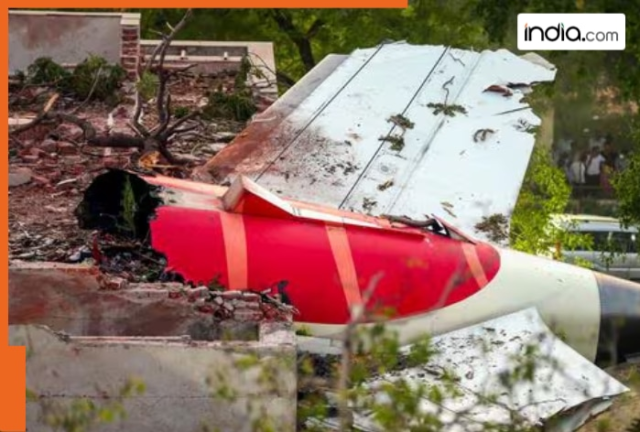As pre reports, the final probe report regarding the AI-171 plane crash will be released before June 12 next year.
Mumbai: Two videos have surfaced online showcasing the final moments of the AI 171 crash that took place outside Ahmedabad airport. Several questions have been raised regarding the crash by passengers and authorities. Several pilots took to social media platforms and have been asking questions regarding the crash.
- What happened to the aircraft’s landing gear — why was it not retracted?
- Did the AI-171 commercial plane suffer a dual engine failure?
- What was the position of the flaps on the wings — were they lowered during takeoff?
- Did a bird strike cause the crash?
As per reports, the final probe report regarding the AI-171 plane crash will be released before June 12 next year. The report is expected to have a detailed analysis of the probable causes of the crash.
However, for aviation experts, these two videos can give several clues regarding the plane crash.
Aviation experts Capt. Amit Singh and Capt. Manoj Hathi explain that aircraft landing gear is typically retracted within five seconds of take-off, once a positive climb rate is established. This is standard procedure because a lowered gear increases drag and fuel consumption, and reduces speed.
Notably, retracting the landing gear gives the plane a smooth aerodynamic flow, which allows a plane to fly over 400 feet above the ground. The question arises why the commercial flight not retracted its landing gears?
After a brief period, the pilots of AI-171 attempted to prevent a crash in a populated area by raising the aircraft’s nose. This manoeuvre, however, reduced the plane’s airspeed, leading to its disappearance from view and subsequent crash. According to Captain Singh, even without the nose-up manoeuvre, the aircraft’s glide path would have inevitably resulted in a crash.
The second point was the flaps used to increase the lift on the wing. As per some pilots, flaps were not lowered as is the norm during the take-off, while others stated that the picture clearly showed they were lowered.
Civil aviation authorities, like the AAIB, investigate aircraft accidents according to the International Civil Aviation Organisation Annex 13 guidelines.
Investigations should prioritise preventing future accidents, not assigning blame. While preliminary reports are due within a month under Annex 13, their release is at the investigating state’s discretion. However, final reports must be publicly released within a year.















































